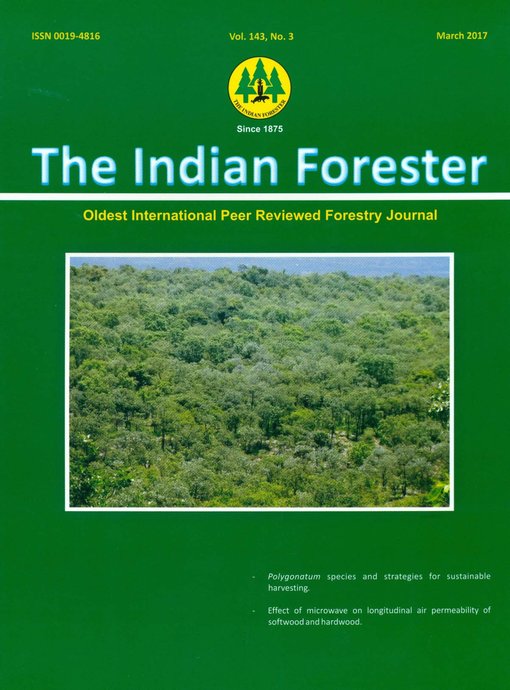Trees under Attack of a Thick Spider Web : New Ecological Phenomenon
DOI:
https://doi.org/10.36808/if/2017/v143i3/113644Keywords:
Trees, Spider web, Crytophora citricola, Oxycarenus hyalinipennis, Cotton, Ecology.Abstract
Following trapping of trees in a ghosty web in Haryana and Punjab during 2013-14, field study was carried out to investigate the new ecological phenomenon. The study revealed that due to population outbreak of dusky cotton bug/cotton seed bug (Oxycarenus hyalinipennis), nature applied its checks and balances and tent web spider (Cyrtophora citricola) came into action. It spun massive webs on different tree species to trap the ugly cotton seed bug as it preferred to rest in the cracks and crevices of stem surface of trees. The weaving of web on the trees coincided with the availability of cotton seed and cotton seed bug. As cotton crop was harvested, the seed bug also stopped breeding. The massive webs badly affected the leaves of trees, which in turn badly hampered the photosynthesis and the trees get exhausted. Trees lose their vigor and reproductive ability. The study emphasizes the need to bring the ecologists, foresters and agriculturists on a common platform for solution to this new ecological phenomenon leading to huge ecological and economic loss.References
Alvares E.S.S. and De Maria M. (2004). First record of Cyrtophora citricola (Forskål) in Brazil (Araneae, Araneidae). Revista Brasileira de Zoologia, 21(1):155-156.
Edwards G.B. (2012). Featured creatures. Florida Department of Agriculture and Consumer Services, Division of Plant Industry, Entomology Circular 411 (revised in June 2016).
Henry T.J. (1983). Pests not known to occur in the United States or of limited distribution, no. 38: Cottonseed bug. United States Department of Agriculture, Animal and Plant Health Inspection Service, Plant Protection and Quarantine.
National Geographic(2010). Trees cocooned in spiders webs after flooding in Pakistan, 7 December 2010 (http://ngm.nationalgeographic.com/ngm).
Tikader B.K. (1987). Handbook of Indian Spiders, Zoological Survey of India, Calcutta, India, 251pp.
Warghat N.E., Sharma N.R., Chirde S.G. and Chandrakar M.R. (2010). Distribution of spiders from foothills agriculture fields of Satpura mountain range of Amravati district, Maharashtra, India. Biosci. Biotech. Res. Comm., 3(2): 150-153.
Downloads
Downloads
Published
How to Cite
Issue
Section
License
Unless otherwise stated, copyright or similar rights in all materials presented on the site, including graphical images, are owned by Indian Forester.





